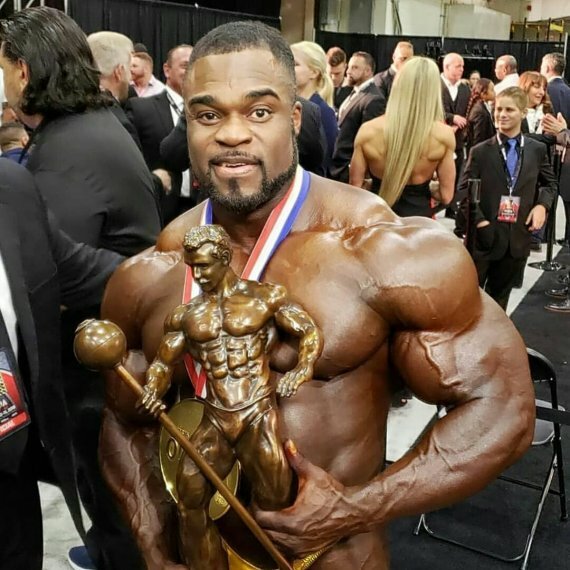How we're used to thinking: "To become a pro, you need to do like pros. So I use various cool techniques in my training, like 'pre-exhaustion,' 'slow execution' for better tissue acidification, and other unusual tricks. If this made them big, then why am I any worse?"
How it really is. If you read my previous article, then you already know that the luxury of "training for pleasure, feeling the muscle" can only be afforded by pros.
Very briefly, without high strength levels—working 150kg in bench and over 200kg in squat and deadlift—any professional techniques are a waste of time.
As you already know, muscle growth is extremely dependent on strength indicators. The heavier we work in the pump range (15-20 repetitions), the bigger and better muscles grow. And at the same time, upon reaching the cherished "150/200/200," further strength growth becomes impractical and injury-prone.
Now we'll examine a couple of the most popular pro techniques. Which are useful for them, but completely limit progress for any beginner.
"Pre-exhaustion"
As we've already established, with enormous strength comes understanding of enormous responsibility to our good neighbor the bodybuilder. Let's suppose our pro athlete is quite capable of squatting 250kg, even for 20 reps. Yes, his muscles are ready for this, but any mistake is fraught with serious injury. And serious guys understand this perfectly. But how then to achieve complete depletion of muscle tissue energy depots and thereby give them an impulse for growth? Right, pre-exhaust.
The method's essence is simple. Before squats we first go, for example, to the leg extension machine. And work with it not as a finisher after squats, but use it as an appetizer before the main course. After working several sets properly, the leg muscles become a bit tired, but the back remains fresh. Then we go to squats, and what picture do we get? After pre-exhaustion, the working weight in squats will be reduced from 250kg to conditional 150kg, at which failure work in the needed 15-20 rep range is possible. For muscles this will be sufficient training stress, and they will grow. But for the back and all assistant muscles of this movement, such load weight will be perceived as completely simple, light.
Thanks to all these measures, a pro can give needed training stress without risk of injury.
Yes, there won't be strength growth, but this is no longer required.
And what about beginners? But this method is completely unsuitable for beginners. If you're already squatting around 80kg, then after pre-exhaustion this figure will turn into something completely unserious. Of course, injury risk is reduced to zero, but so is your progress. For a beginner, weight progression is important, without which there won't be growth, and technique should be monitored by a trainer. Then there will be the desired result.
"Slow execution"
The background is the same as with pre-exhaustion—exhaust the muscle without using big weights, thereby avoiding injury. Has several variations, but the method of fast positive phase (weight lifting) and slow negative (lowering) gained the most distribution. Moreover, the negative phase can reach 20-30 seconds. The approach is somewhat similar to static holds, extremely fatigues the muscle and significantly increases lactate levels. This leads to the much-desired "acidification."
Actually, acidification became a fashionable topic at one time and still doesn't leave some people's heads. The fact is that studies were once conducted that showed—lactate increase stimulates synthesis of mechanical growth factor in muscle tissue. Which in turn stimulates proliferation (maturation) of muscle satellite cells. These are immature muscle cells, a kind of reserve of embryos.
As usually happens, the topic was picked up and promoted as much as possible. After which they even started selling mechanical growth factor as a peptide for good money. Naturally, in harsh reality, mechanical growth factor is just one of many different triggers (starting mechanisms) of muscle growth. And relying only on it is a big mistake, especially for beginners.
The fact is that satellite cells are activated only when mature cells are hypertrophied to the limit and are no longer able to store even greater volumes of creatine phosphate and glycogen (hello pros). And this is despite the presence of mechanical growth factor, which simply increases efficiency but doesn't work miracles from nothing. You can't skip a step, no matter how much you want to.
Thus, the "slow repetitions" technique may be interesting for pros, but completely useless for beginners. Muscle growth is definitely not foreseen, despite burning, pump and fatigue. But a drop in strength, with proper persistence, is quite possible. So-so results.
Conclusions
We examined only two techniques from the pro world, but I think you caught the essence. Don't blindly copy serious athletes. Their bodies have a completely different level of training, and needs will differ. To become a pro, you need first to go the path from green beginner. And at each stage there are subtleties, which we'll definitely talk about with you.
Have questions or just want to discuss the article material?
Write to me anytime and I'll definitely try to help you!
For all types of communication:
